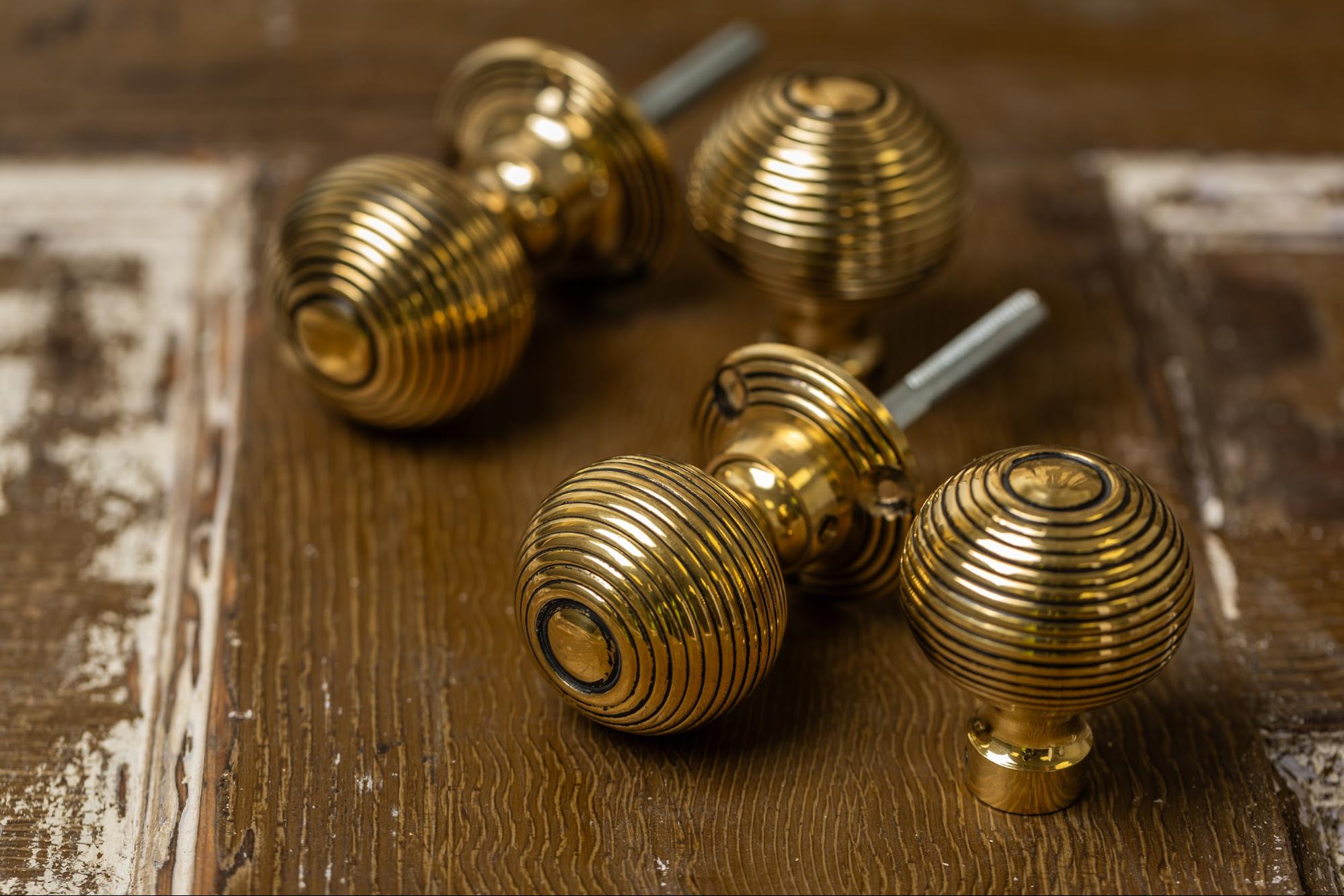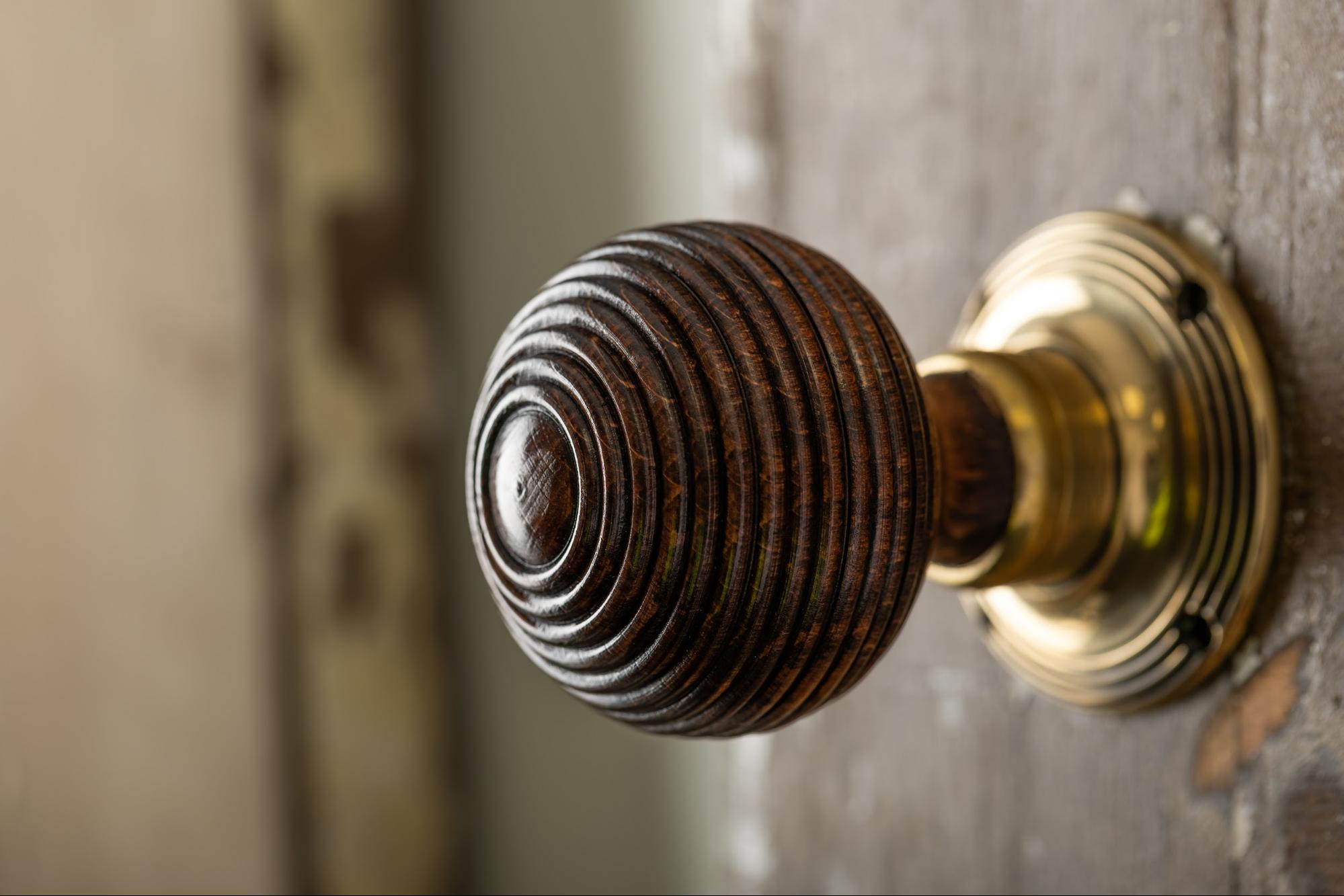Think that renovating a period property is only for the wealthy with enough money to throw at any problem? Think again! There are plenty of ways to renovate on a budget that don’t have to drain your bank account.
You might need to make some important compromises and be willing to do a little more research in order to save money without cutting corners, but the end result will certainly be worth it.
And many people find the process of renovating more rewarding when they have to be careful with their budget. It brings a mindfulness to the process that makes you more considerate about the choices you make for your home.
Ready to learn how to renovate without draining your savings? Try these tips…
There’s a rule in interior design (and in life) that things can be high-quality, fast and cheap – but you can only pick two. If you want a quality finish that is cheap, you’re going to have to give up on the idea that it will be completed quickly.
When you take your time with your renovation, you will not only spread out the cost, but you can also take advantage of better research and flash sales. Set up pricing alerts for the bigger items that you want for your home and you’ll get an email when they go on sale.
You can also shop around for the best price and make sure you really think about every decision, which will save you the added expense that comes with impulse purchases that turn out to be all wrong for your space.

Tackling one room at a time will help you to pace yourself and spread the cost of renovating. It will also give you a better idea about the tasks you can safely tackle (painting, tiling, switching the light fixtures) and what tasks you should leave to the professionals (plumbing, electrical work, layout changes).
By all means, drool over the swoon-worthy paint colours offered by the likes of Farrow & Ball, Lick and Fired Earth. But before you drop an eye-watering amount of money on these brands, try getting a colour-match from a local trade paint supplier.
Many local suppliers will offer this service and enable you to enjoy the paint colours to love without the price tag. You can then choose colour-matched paints for the large-coverage areas and splurge on more expensive brands for statement walls and trim.
If you’re shying away from having custom pieces made, it might be time to reconsider. Custom-made items can often be far more cost-effective than trying to shop around and make an off-the-shelf item work for your home.
A great example of this would be window coverings like wooden shutters and curtains. If you’re dealing with gorgeous period bay windows, do yourself a favour and have these items custom made.
What do we mean by this? Working with the original features that you have will be cheaper than trying to tear everything out and start fresh. Imagine the previous owners have applied multiple coats of gloss paint to the doors and replaced the handles with mismatched modern monstrosities.
Rather than ripping out the original doors and replacing them at a significant cost, try removing the doors, stripping the paint, sanding them back to the original wood and finishing them with a coat of wax. You can then pair them with replica antique door knobs and hardware to achieve an authentic period look.

You might be taking your time and tackling one room at a time, but if you come across a bulk deal, you could save money in the long-term by planning ahead. An excellent example of this would be our bulk discounts for orders of multiple vintage door knobs.
If you count up the number of doors in your home, there’s a good chance you’ll need enough to take advantage of this deal. And if you don’t quite meet the threshold for a bulk order, consider ordering extra and selling the surplus items on eBay or Facebook Marketplace.
Period properties often have a lot of charm, but the finished product might not be “perfect” for a number of. If you’re working with a strict budget, you’re more likely to have to make compromises, so the finished result might not be exactly what you had in mind.
The limitations of period properties can also mean that the finished product isn’t exactly what you planned. You might learn that certain original features can’t be salvaged, or that you can’t change the layout as you had hoped.
If you treat your period property as a work in progress, you’ll feel a lot better about any compromises you have to make along the way.
Join our mailing list


